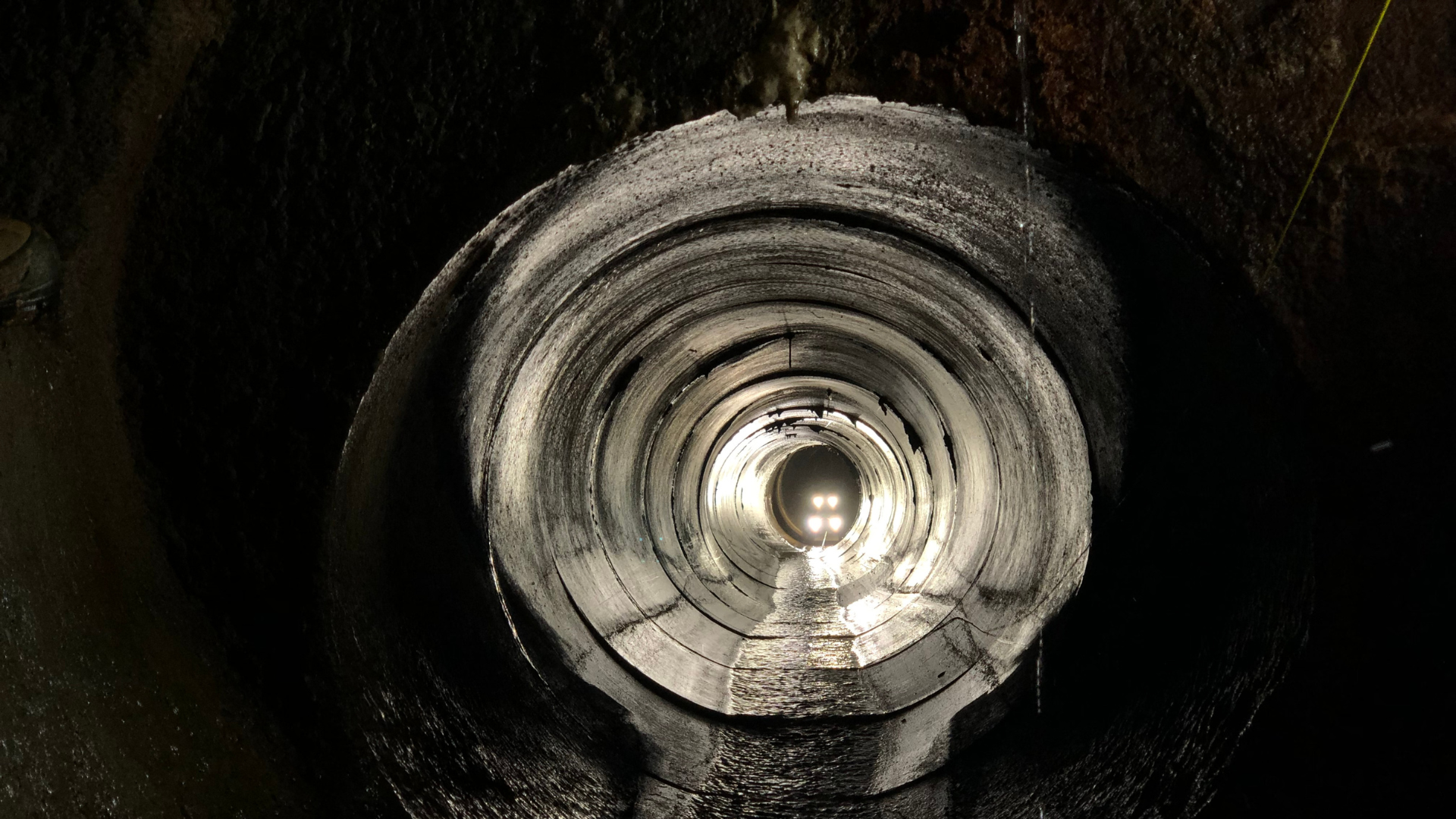Buried pipes, dilapidated mains, aging connections... wastewater systems are at the heart of urban and industrial infrastructures, but also some of the most difficult to monitor. Yet the slightest undetected anomaly can have serious consequences: flooding, pollution, road collapse or shutdown.
Against this backdrop,camera inspection has become an indispensable solution for preventive network diagnostics. Thanks to inspection robots such as the Roview2 developed by Multinnovlocal authorities and industrial operators now have a reliable, efficient and cost-effective technological tool for anticipating faults.
The principles of camera inspection
Camera inspection involves inserting a TV inspection robot (ITV) into a pipe to film the internal condition of the pipes in real time. This non-intrusive procedure, which does not require any service interruptions, enables the slightest defects to be detected visually, even in difficult conditions.
High-tech equipment
The Roview2for example, features a 4K camera mounted on a motorized turret that rotates 360° horizontally and 180° vertically. Coupled with 12,000 lumens of LED lighting, this configuration ensures optimum visibility in dark, damp or cluttered areas. The compact robot (approx. 4 kg) is able to move on both dry and wet surfaces, thanks to its built-in buoyancy.
Another advantage is that it is totally wireless, with live transmission of images and data (telemetry, inclination, depth, distance) to the operator's tablet. This means it can cover several hundred meters autonomously, with no towed cables or mechanical limits.
The benefits of regular inspection
Anticipating for better repair
With a high-definition camera, the operator can spot early on:
- microcracks or structural fractures,
- pipe deformation or localized subsidence,
- root intrusions,
- solid deposits (grease, sludge, foreign objects),
- slope or assembly defects.
By detecting these faults before they cause damage, the operator considerably reduces the risk of breakdown and the cost of future repairs.
Save on interventions
Traditionally, networks are maintained according to a fixed schedule, without always knowing if they need it. Camera inspection, on the other hand, enables condition-based maintenance: we intervene where necessary, at the right time.
The result: up to 30% savings on maintenance budgets, not only by reducing unnecessary or premature interventions, but also by limiting unplanned network shutdowns.
Working safely
Work on pipes is classified as confined-space work, with the attendant risks of toxic atmospheres, falls and blockages. Thanks to inspection robots, technicians remain above ground, while obtaining a precise view of the network. The Roview2 even features a tilt warning system (from 30° inclination) to ensure safe operation.
Documenting for better management
All data collected is archived, time-stamped and located, and can be used to :
- build up a network history,
- submit a file to an insurance company,
- justify a grant or regulatory compliance.
What's more, Roview2 is NF EN 13508-2 compliant, guaranteeing the professional use of its data for ITV inspections.
The inspection process
A well-managed ITV mission is based on three key phases: preparation, intervention and operation.
Preparing for inspection
The operator begins by identifying :
- sections to be inspected (mapping, diameter, materials),
- available manholes or gullies,
- specific constraints (presence of water, slopes, obstacles).
The robot is then configured with the necessary accessories (adapted wheels, floats, full battery, available storage, etc.).
Performing the inspection
The Roview2 is introduced into the network via a manhole. Thanks to its propulsion system and stability, it can move in any direction, even on steep slopes or narrow bends.
The operator follows the robot's progress in real time on his tablet, by zooming in, orienting the camera or manually recording critical video sequences.
Most inspections take between 30 minutes and 2 hours, depending on the length of the section and the conditions encountered.
Exploiting the results
Once the inspection is complete :
- images are analyzed and classified,
- defects are geolocated and graded according to severity,
- a technical report is generated with photos, sketches and recommendations.
This information is then passed on to the network operator, who can plan repairs in full knowledge of the facts.
Use cases: local authorities, manufacturers, contractors
Roview2 ITV inspection has many applications:
- Cities and inter-municipal organizations: for the management of wastewater, stormwater and collective sanitation networks.
- Industrial zones: control of chemical or grey water discharge networks.
- Water syndicates or utilities: diagnostics as part of a public contract or infrastructure renewal.
- Sensitive sites: SEVESO plants, power stations, hospitals or data centers.
Wherever access is difficult, water volumes are high or intervention times are tight, Roview2 technology makes all the difference.
A solution made in France
Multinnov designs, develops and assembles all its products in France. The Roview2 is therefore 100% made in France, guaranteeing :
- total control of the production chain,
- responsive technical support,
- regular on-board software updates,
- compatibility with French and European requirements.
By opting for this solution, operators also support national technological sovereignty, while gaining access to one of the most high-performance ITV systems on the market.
Preventive maintenance of wastewater systems can no longer be based solely on regular cycles or emergency interventions. Thanks tocamera-based inspection, managers can now rely on continuous, targeted and secure monitoring.
With Multinnov'sRoview2, local authorities, contractors and manufacturers have a complete, robust, intelligent and certified tool that adapts to all environments, even the most complex. The result: fewer unforeseen events, lower costs and greater control.
The ITV revolution is underway: don't watch it pass you by. Contact Multinnov today for a demonstration or personalized support.


